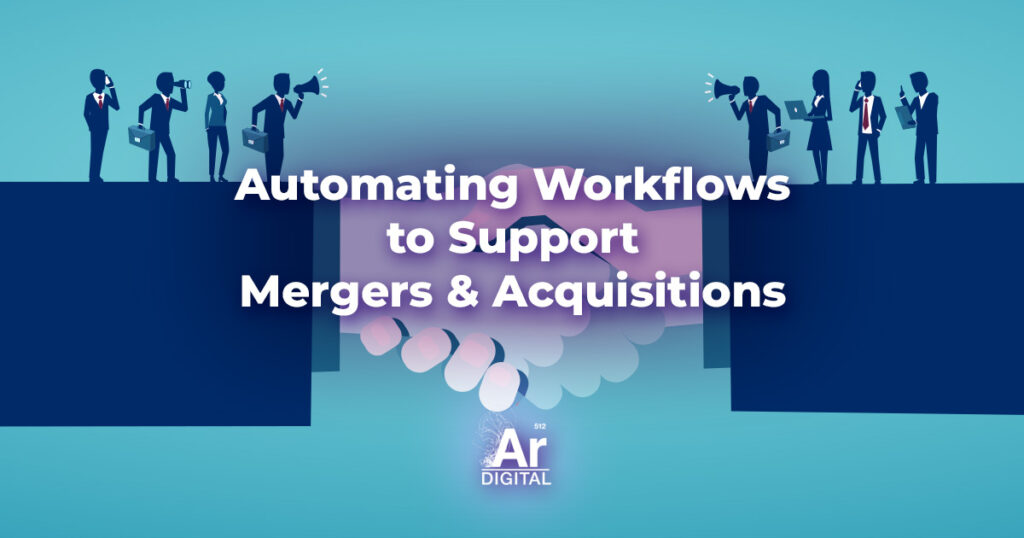Automating Workflows for Mergers and Acquisitions
In today’s fast-paced business environment, mergers and acquisitions (M&A) have become common strategies for growth and expansion. However, the process of combining two distinct entities, each with its own operations, systems, and data, can be incredibly complex and challenging. This is where automating workflows for mergers and acquisitions comes in handy, as automation software can play a pivotal role in ensuring a seamless transition and unlocking the full potential of your M&A endeavors.
The Power of Automating Workflows for Mergers and Acquisitions
Efficiency and Speed
One of the primary advantages of leveraging automation software in M&A is the ability to streamline and accelerate critical workflows. Automation reduces manual tasks, minimizes errors, and ensures that processes move forward efficiently, enabling you to realize the benefits of the merger sooner.
Data Integration
Merging data from different companies is often a daunting task. Automation software can seamlessly integrate databases, ensuring that crucial information is readily accessible and synchronized across the newly combined organization. This not only simplifies decision-making but also enhances data accuracy.
Automating Workflows for Mergers and Acquisitions = Operational Consistency
Standardizing and harmonizing operations is a fundamental aspect of a successful merger. Automation software can help align processes and ensure that employees from both companies adhere to common workflows. This consistency fosters a sense of unity and collaboration within the organization.
Cost Reduction
By automating repetitive tasks, M&A stakeholders can significantly reduce operational costs. This allows you to allocate resources more efficiently and allocate them to strategic initiatives that drive growth and innovation.
Sample Scenarios: How Automation Software Drives M&A Success
Scenario 1: Streamlined Financial Consolidation
Imagine two financial departments, each using different accounting systems and practices. With accounting automation software, these systems can be integrated seamlessly, allowing for rapid consolidation of financial data. This not only accelerates the financial close process but also provides real-time insights for decision-makers.
Scenario 2: Harmonized HR and Employee Onboarding
In a merger, ensuring a smooth transition for employees is crucial. Automation can streamline HR processes, from payroll and benefits administration to onboarding. Employees from both companies can experience a consistent, efficient, and welcoming integration process.
Scenario 3: Unified Customer Relationship Management (CRM)
Combining customer databases and CRM systems is a common challenge during M&A. Automation software can merge customer records, eliminating duplicates and ensuring a unified view of customer interactions. This enables the new entity to provide better customer service and drive revenue growth.
Automating Workflows for Mergers and Acquisitions Sets a Foundation for Post-Merger Success
Automating workflows for mergers and acquisitions is not just about optimizing processes; it’s about positioning your organization for success in a post-M&A landscape. By embracing automation software, you can achieve operational excellence, enhance data integrity, and reduce costs while creating a seamless experience for employees and customers alike. If you’re embarking on an M&A journey, consider the power of automation to unlock its full potential.




